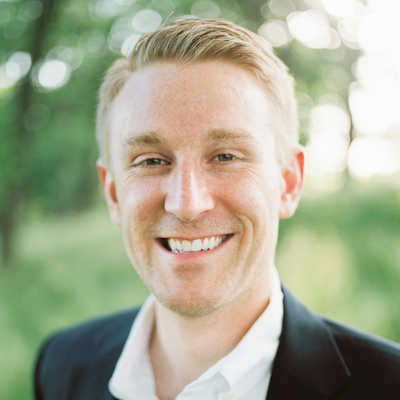
Dr. Jordan Slagowski, who earned his PhD in medical physics at the University of Wisconsin–Madison, completed his residency in radiation oncology physics at MD Anderson Cancer Center, and most recently served as an assistant professor of radiation and cellular oncology at the University of Chicago, joined the Department of Human Oncology as an assistant professor in January.
Dr. Slagowski grew up in Wausau, Wis., and studied nuclear engineering as an undergraduate at UW–Madison. “I’ve always had a passion for math and physics as well as the desire to improve cancer treatments,” he says. “As an undergraduate I volunteered with the American Cancer Society, I was also really fortunate as an engineering major at UW–Madison because I met a lot of people who were working on problems in medical physics. I knew really early on it was the field I wanted to work in.”
He got his first experience in medical physics as an undergraduate when he worked with Dr. Douglass Henderson, professor of engineering physics, on a method to optimize brachytherapy treatment plans.
As a medical physics graduate student, Dr. Slagowski worked with Dr. Michael Speidel, associate professor of medical physics to develop and implement the world’s first C-arm inverse geometry CT system. Methods for 3D cardiac chamber mapping could be used with real-time catheter tracking to guide catheter devices to target sites in large cardiac chambers or blood vessels. But he knew he wanted to return to cancer care and started a radiation oncology physics residency at MD Anderson Cancer Center in Houston after finishing his PhD.
After residency, Dr. Slagowski joined the University of Chicago as an assistant professor in radiation and cellular oncology, where he devoted half of his time to the clinic’s brachytherapy service. “Brachytherapy procedures are interesting to me because they’re more patient-facing than other procedures in radiotherapy. You have a patient come in and you’re working with that person most of the day to optimize their treatment plan. It’s really gratifying to know that you’ve made a difference in that patient’s life,” he says.
In his new role, Dr. Slagowski looks forward to learning the operations of the clinic, applying his brachytherapy expertise, teaching an Advanced Brachytherapy Physics course, and pursuing his research. At the University of Chicago, he worked on developing a preclinical intensity modulated radiation therapy system that could enable better translation of results from small-animal studies to human patients. He sees potential to continue this line of research with UW and UC collaborators. He is also interested in using GPUs for fast dose calculations and artificial intelligence to optimize brachytherapy treatments and applicator placement.
Dr. Slagowski’s wife, Lauren, is a physician assistant in head and neck surgery. “It’s interesting. We’re both treating cancer in different ways. She’s using surgery to remove tumors. We’re using radiation. It’s fun to talk about the tradeoffs between the two,” he says.
Both Dr. Slagowski and his wife are Wisconsin natives. Together they enjoy fly-fishing and exploring the Northwoods with their dog, Bo.
They are happy to return to Wisconsin. “I spent 10 years living in Madison when I was an undergraduate and graduate student,” he says. “It’s one of my favorite cities in the country. Living in Houston and Chicago reaffirmed that we wanted to return home to Wisconsin and work in Madison. Traveling is great for that. It shows you where your favorite places are.”